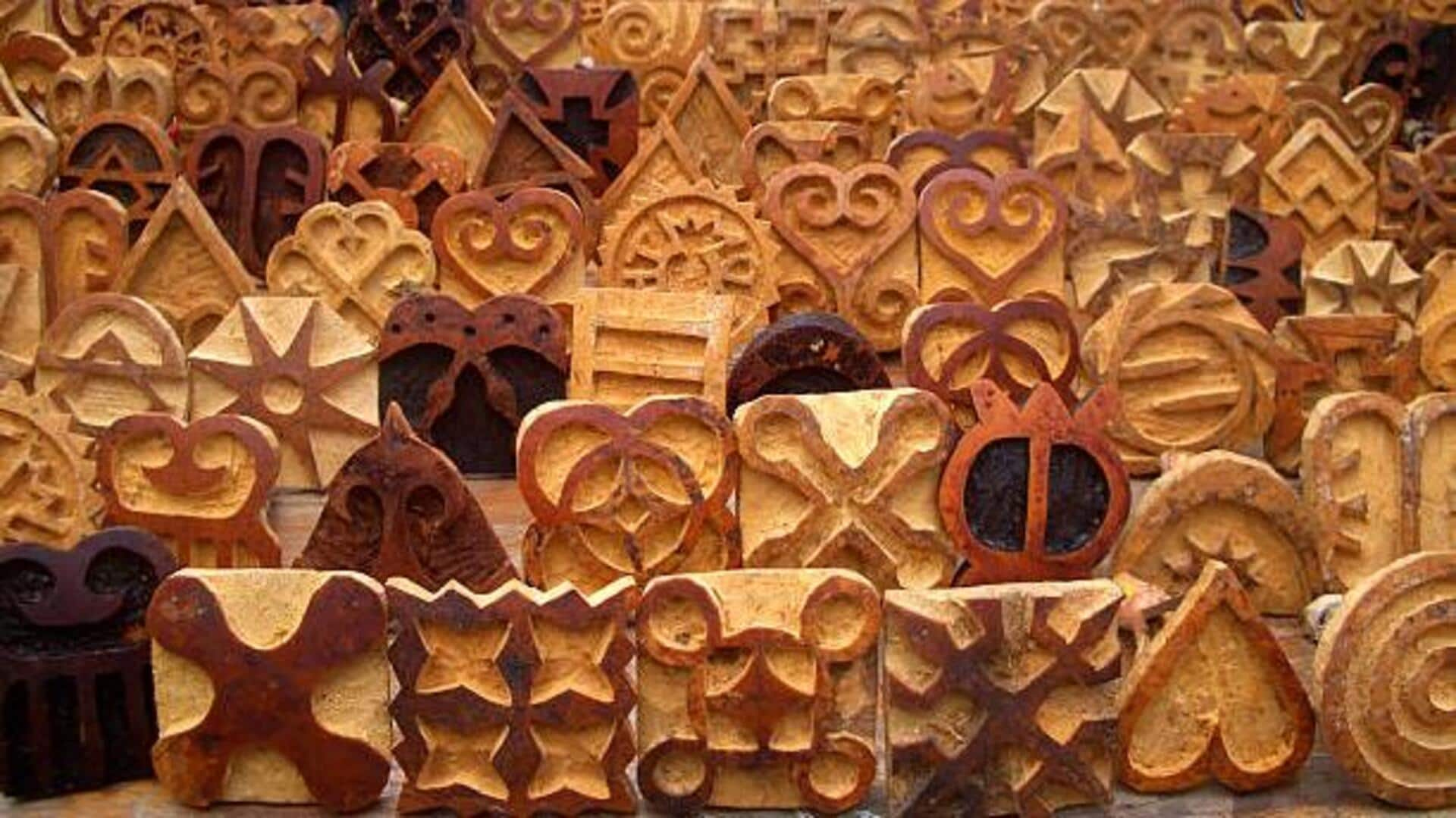
How adinkra symbols are shaping global fashion
What's the story
African adinkra symbols, which originated from the Akan people of Ghana and Cote d'Ivoire, have crossed cultural borders to shape global fashion. The symbols, each bearing its own meaning, can now be spotted on clothing, accessories and home decor all around the world. Their timeless designs not only add aesthetic value but also convey messages of wisdom, strength, and unity. Here's how they've been adapted into fashion.
Cultural influence
Symbolism meets style
Adinkra symbols hold profound meanings that echo universal concepts like love, peace, and harmony. Designers use these motifs in their collections to design pieces that are both fashionable and meaningful. Using adinkra in fashion gives wearers a chance to bring out their personal values through their clothing choices.
Modern adaptation
From traditional to trendy
While historically limited to textiles for special occasions within African communities, adinkra symbols have become a modern fashion statement. Designers around the world are incorporating these motifs into contemporary trends like streetwear and haute couture. This not only highlights the adaptability of adinkra designs but also honors their cultural significance.
Artistic expression
Craftsmanship and creativity
The intricate patterns of adinkra symbols need a skilled craftsmanship to replicate them accurately on fabric or other materials. This attention to detail further emphasizes the artistry involved in creating fashion pieces that feature these designs. By embracing this craftsmanship, designers can offer unique products that stand out in a crowded market.
Eco-friendly practices
Sustainability through tradition
Incorporating traditional techniques, like the ones used for creating adinkra textiles, can go a long way in promoting sustainable practices within the fashion industry. Many artisans use natural dyes sourced from plants for coloring fabrics decorated with these symbols. This not only preserves cultural heritage but also encourages environmentally friendly production methods.